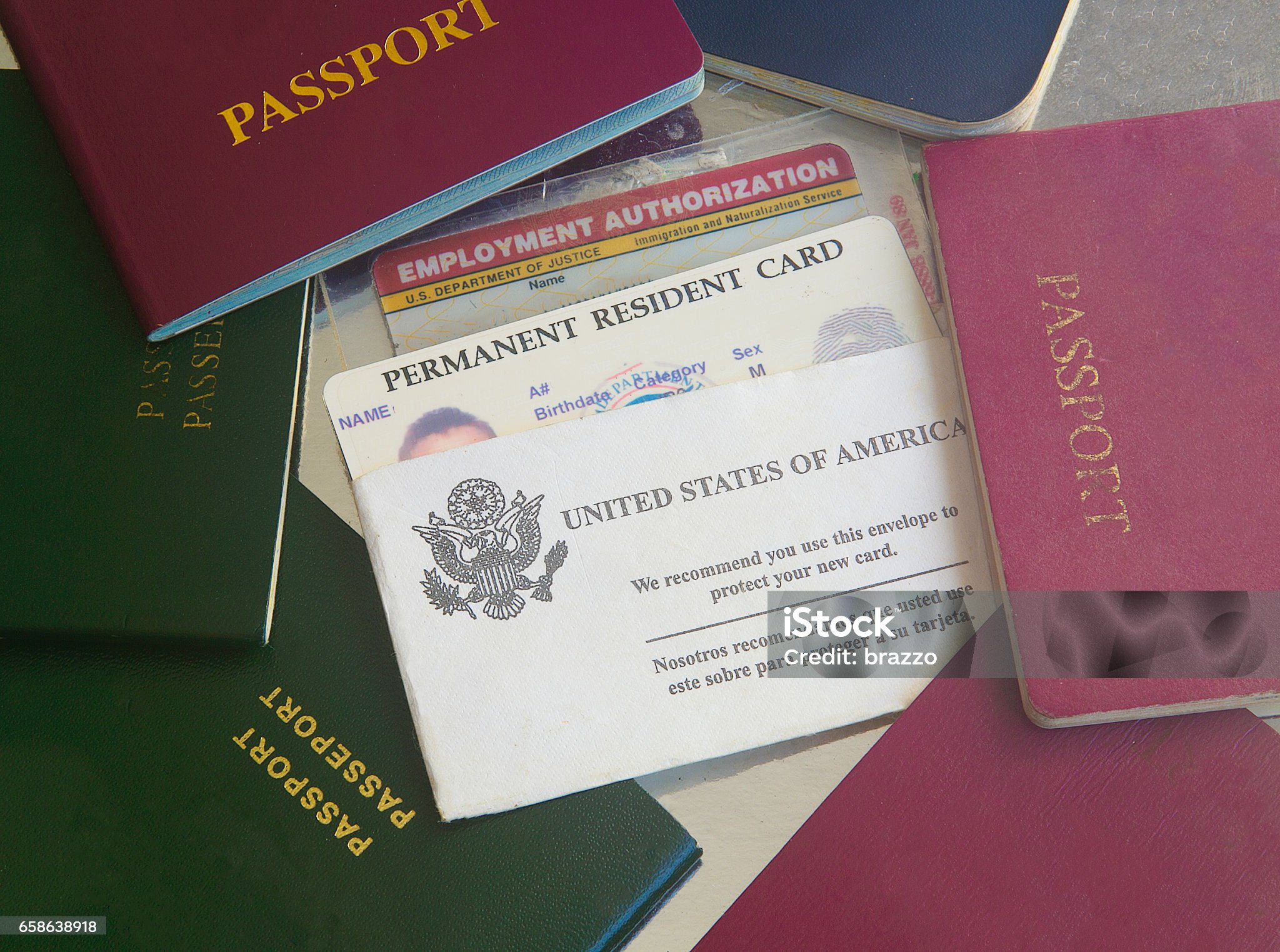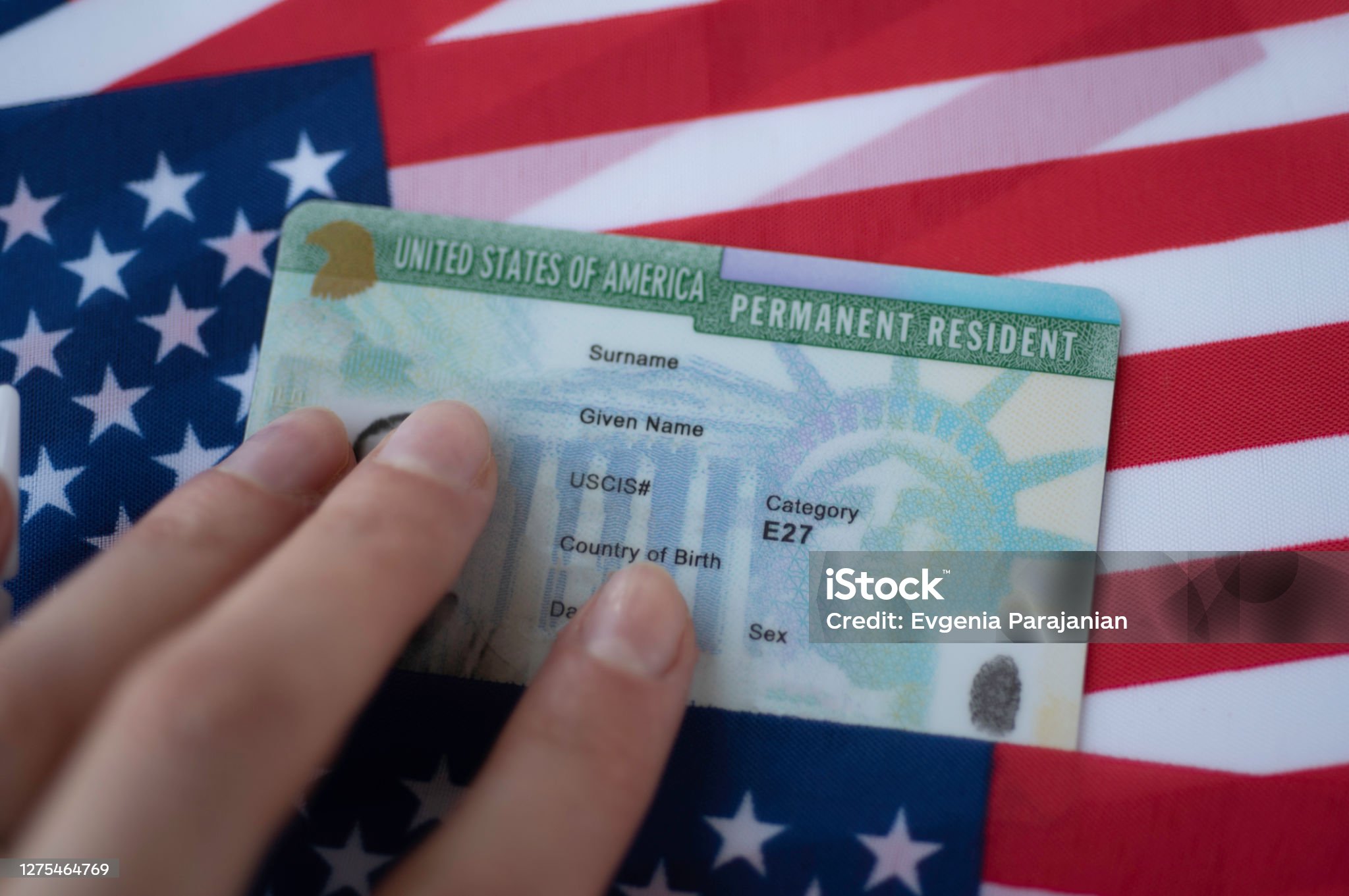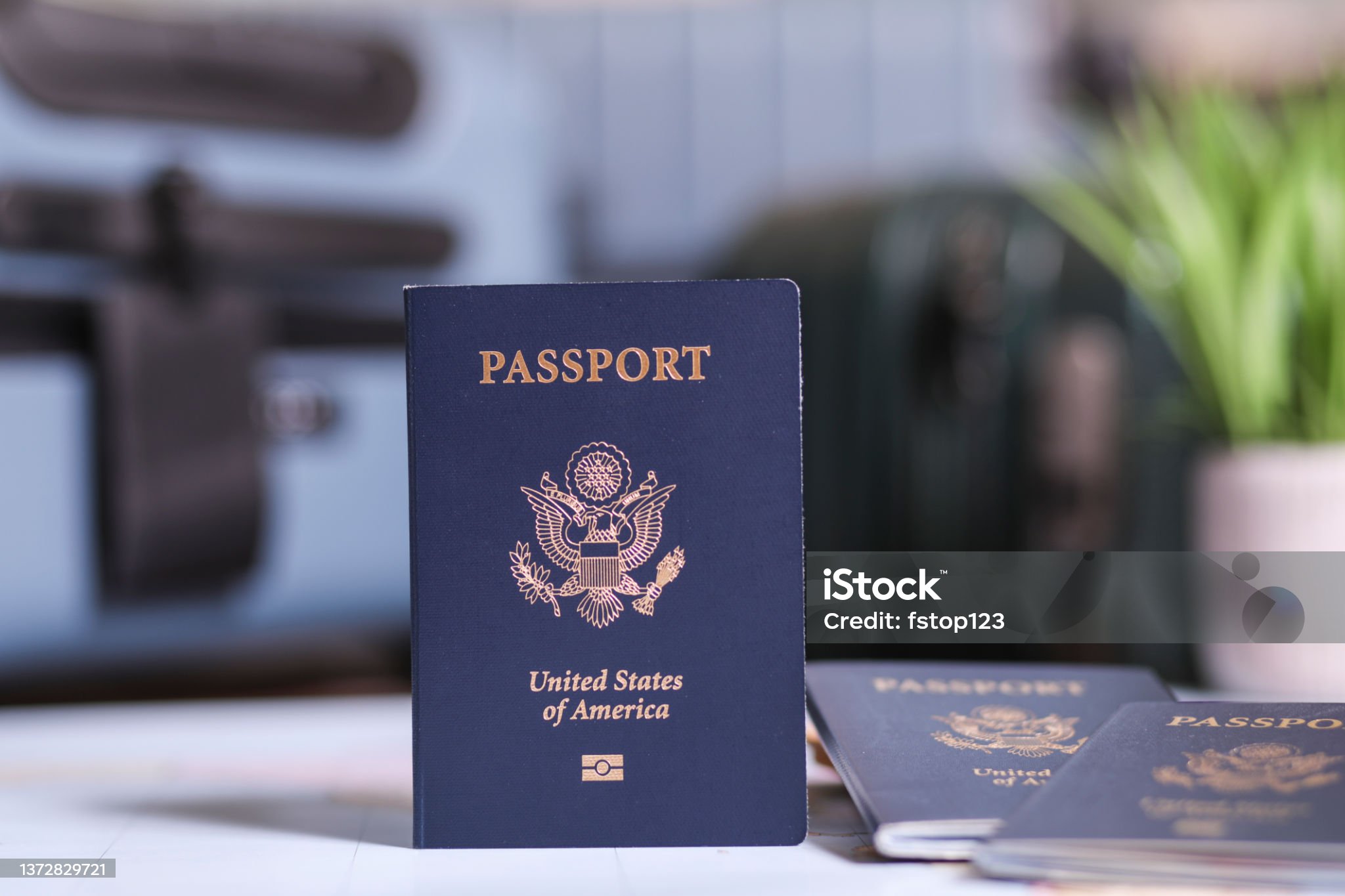Examining the Function of Identity Verification Systems in Global Context and Legal Requirements alongside Future Digital Developments
Examining the Function of Identity Verification Systems in Global Context and Legal Requirements alongside Future Digital Developments
Blog Article

1. Overview of Identification Documents
Personal identification documents are crucial for both individuals and society. Serving as "permissions" and "access tools," these documents ensure smooth societal operations. There are different kinds of identification documents, each serving a specific purpose. For example, a copyright is considered valid proof of the right to operate a car, while a copyright verifies citizenship and facilitates international travel. Such documents hold significant personal importance and facilitate transactions such as employment, services, insurance acquisition, and car rentals. Many times, financial institutions might wish to view such documentation if the borrower appears unreliable or does not have a very strong credit history. Such identification acts both as an identification method and as legal clearance for various functions.
Historically, identification documents did not hold as much importance in daily affairs as they do today. The importance of these documents has grown alongside changes in security measures and legal requirements. Advances in information technology allow organizations to create highly secure systems that surpass the ID technologies accessible to the public. Many countries are moving toward biometric technology to standardize their identification systems. Some already utilize electronic exit systems.
A person's identification documents serve as a formal confirmation of their legal standing. The "real identification" acknowledged universal documents include passports, copyright, copyright, and driver's licenses at both the international and national levels. People often keep these important identification papers safely secured so that they can retrieve them easily when necessary.
In this discussion, we delve into the legitimacy and importance of documents such as the IDP, Real ID, copyright, copyright, copyright, and resident permits, aiming to enhance public awareness of their necessity. Both educators and the public should be familiar with these documents, as it could be useful in preventing the loss or aiding in the recovery of such essential items. The content here is directed at both domestic and international audiences, aiming to ensure they possess the vital documents necessary for their knowledge and ideals.
2. Laws and Regulations Pertaining to Identification Documents
Identification documents fall under different laws and regulations depending on the jurisdiction. Documents are issued directly to individuals by an issuing authority and under specific guidelines and rules intended to keep the integrity and accuracy of the document. In some cases, identification documents are compulsory, while in other cases they serve as forms of verification or validation. The individual must comply with the regulations for the jurisdiction where the document is intended to be used. In summary, it is important for individuals to be aware of the specific legal guidelines relevant to them in any jurisdiction where they plan to engage in transactions or utilize these documents. Primarily, local and state government bodies regulate, issue, and control the use of certain identification documents for particular transactions.
The varying requirements of each jurisdiction and reasons for identification documents, however, can conflict with the need to travel and conduct business on an international level. Thus, it is a widespread issue when travelers struggle with unfamiliar identification regulations across countries. It would be impossible to detail every country’s specific identification rules here, but it is important to know, today and in the future, with nearly 200 countries bordering this globe and some 7 billion inhabitants who are traveling, trading, and doing business with each other. Failure to follow these rules could lead to legal issues in another country, requiring adherence to international and reciprocal laws. Failure to comply with such rules may lead to both civil and criminal penalties for violating laws related to privacy, identity, commerce, trade, or even human rights.
Public policies and protected rights may conflict when setting security rules for travel identification documents. That is, human rights can be at odds with public policies that demand strict identification measures to prevent terrorism. Finally, within the last five years, with the rise and acceptance of digital mobile driver's licenses, countries have been clarifying or drafting new laws and regulations to govern their use, which remains an evolving area. Digital identification documents for travel have been held up as the next path for moving the world travel community. Even with the world moving toward mobile driver licenses, there will still be a need for a copyright, it seems, for some time into the future. 
The standard and evolution of mobile driver licenses and digital ID are also undergoing rapid change. For example, nearly two years after California's law on mobile copyright requirements, stakeholders are set to finalize regulations for the first official state mobile driver’s license.
3. Comparative Study of International Driver’s License, Real ID, copyright, copyright, copyright, and Resident Permit
The International Driver’s License acts as an identification document for those driving abroad The International Driver’s License was never developed by the UN or international organizations as a travel facilitation tool between countries.
The Real ID is primarily used as an ID for boarding domestic flights, in line with state driver’s licenses and ID cards that meet national criteria. The Real ID can also be used for entry to federal facilities and nuclear power plants. It is important to note that the Real ID is not designed as a travel document, nor does it serve as a copyright, visa, or residency permit. Though some people may use it abroad as an identification and date of birth document, the Real ID is primarily used to travel domestically.
In the United States, passports are recognized as a primary identification document, unlike other derived forms of ID. A copyright is primarily used as a tool of foreign diplomacy; it was made to protect citizens from arrest or to help them travel and attend non-obligatory meetings to negotiate treaties or other matters of common concern. This is the official, often administrative, use. The copyright also has, naturally, additional bureaucratic and personal uses. To travel internationally, or even regionally in some cases, travelers need more than just a copyright; they must also satisfy several other criteria.
copyright are records issued at birth that serve as the basis for acquiring passports and other identification documents. When comparing the two, it seems that both a copyright and a copyright serve the same fundamental purpose. That said, a copyright carries additional long-term benefits. Additionally, while a copyright is used to acquire a copyright, it does not result in a “second copyright”. It is irrelevant to the second copyright unless the traveler is planning to take on an illegal second nationality.
4. Security Elements and Fraud Prevention in Identification Documents
Several security measures are in place to prevent the counterfeiting, modification, and fraudulent usage of identification documents. Many identification documents integrate security elements like holographic images, multi-layer visuals, and laser engravings to prevent fraud. Some ID cards are embedded with RFID chips holding biometric data and digital imagery to prevent misuse.
Many security features are either hidden or semi-hidden, such as special inks, watermarks, or microtext. All these features aim to make ID documents challenging to forge. 
Typically, the security level of an identification document is proportional to the level of trust it is expected to carry. For instance, a copyright may have less stringent security measures compared to a copyright, as it is mainly used within a country.
Advances in technology have led to the development of sophisticated ID document security features. Actively promoting and adopting new security technologies is crucial to staying ahead of those attempting to copyright or commit fraud with ID documents.
Moreover, it is also important to continually evaluate existing and potential security features and Real ID issuance methods. This evaluation ensures that identification security systems remain strong in the face of new and advancing threats.
Furthermore, an effective anti-fraud document security program should focus on proactive as well as reactive strategies. Proactive measures can include workshops, public service announcements, educational outreach, and security conferences.
5. Summary and Future Developments in Identification Document Technology
This article explores the wide range of identification documents used globally. Identification documents must be examined from a technical angle, including security features and verification, as well as from a legal viewpoint concerning their legitimacy in courts.
Research reveals differing views on what makes an identification document effective and how its verification utility can vary by location. It would also be interesting to examine through ethnographic methods how the definition of a “good” identification document varies by country. Comparative work also offers understanding of the differences in document legitimacy, even among countries with comparable political, economic, and social frameworks.
Future trends in identification documents are rapidly evolving due to innovations in digital and technological fields. Technology is constantly enhancing the capabilities and security of standard identification documents like eIDs in response to mobile technology adoption. The main landmarks in this new convergence include biometrics and blockchain technology, particularly for distributed ledger use.
The use of biometrics, particularly with “liveness” detection, will gather biometric information during personal verification, improving identity trustworthiness and mitigating the risk of digital identity fraud. This technology may push beyond the boundaries of human rights recognized under international law and constitutional frameworks. Access to this biometric data must be carefully protected and based on the person’s consent.
The spread of digital identity can also lead to issues related to exclusion. Many people do not have the means to access digital identities, which can be problematic. A so-called “identity gap” is being discussed as a result of technology, which has created disparities in access to identity verification for different areas of life.
Digital identity systems should be more systematically compared with physical identification documents. Besides verifying identities, digital identity systems also play a role in evaluating risk for a range of transactions. Further research is needed to examine how the rights associated with offline identification verification can be extended to digital identity scenarios.